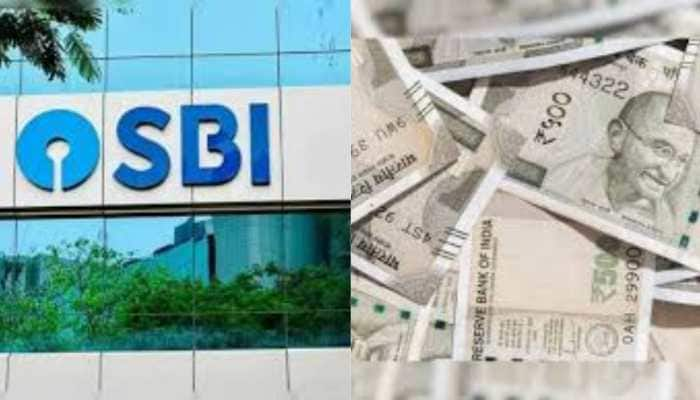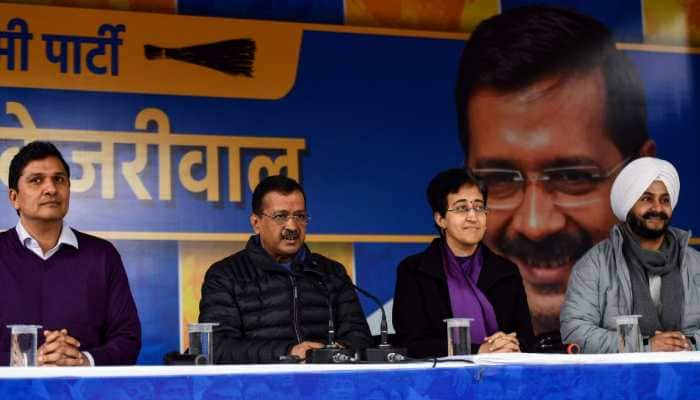Hindi Diwas 2024: The Journey Of Hindi; From Ancient Times To Today
The first distinct signs of the Hindi language appeared between the 7th and 12th centuries. During this period, the language developed from Apabhramsa, and several regional dialects emerged.
Trending Photos
) Image credit: Freepik
Image credit: Freepik Hindi, one of the most spoken languages in the world, has a rich and fascinating journey that spans centuries. From its roots in ancient India to its prominence as the official language of India today, Hindi has evolved significantly. Let’s explore the historical milestones that have shaped the development of this dynamic language.
Origins of Hindi: The Influence of Sanskrit
Hindi’s origins can be traced back to Sanskrit, the classical language of ancient India, considered the foundation of most Indian languages. Sanskrit was used in religious texts, philosophy, and classical literature, and it significantly influenced the Prakrit languages that emerged during the 3rd century BCE.
Prakrit, a group of Middle Indo-Aryan languages, gave birth to Apabhramsa, the direct predecessor of modern Hindi. As Prakrit evolved over centuries, it began to diverge into various dialects, with Apabhramsa forming the base of early Hindi.
The Development of Early Hindi (7th–12th Century)
The first distinct signs of the Hindi language appeared between the 7th and 12th centuries. During this period, the language developed from Apabhramsa, and several regional dialects emerged. The Delhi region saw the birth of Khari Boli, the dialect that would later become the basis of modern Standard Hindi.
While the language was still in its early stages, much of the literature produced during this time was still heavily influenced by Sanskrit.
Medieval Hindi and the Bhakti Movement (13th–17th Century)
The Bhakti movement of the 13th to 17th centuries played a crucial role in shaping Hindi. This religious and cultural movement sought to make spirituality accessible to the common people, resulting in a surge of devotional poetry and literature written in local dialects.
Poets like Kabir, Tulsidas, and Surdas wrote extensively in forms of early Hindi, making their works accessible to the masses. The influence of Persian, introduced by the Mughal rulers, also began to blend with Hindi during this period, further shaping its vocabulary and structure.
Hindi During the Mughal Era
Under the Mughal rule, Hindustani, a blend of Hindi and Persian, flourished as a lingua franca. Hindustani served as the language of communication between the diverse populations of the subcontinent. It was spoken in two forms:
Hindi, which retained more Sanskrit vocabulary.
Urdu, which incorporated more Persian and Arabic influences.
This era saw the rise of prose and poetry in Hindustani, bridging cultural and linguistic gaps across regions.
The Colonial Era and Standardization (18th–20th Century)
The arrival of the British in India marked a significant shift for Hindi. In the 19th century, Hindi began to be formalized and standardized. Efforts were made to promote Khari Boli as the standard dialect of Hindi, distinguishing it from Urdu, which had grown in prominence.
In 1881, Bihar became the first Indian state to adopt Hindi as its official language, replacing Urdu. This marked a significant step in Hindi’s journey toward becoming the national language.
Post-Independence and the Role of Hindi
After India gained independence in 1947, the role of Hindi became a subject of national debate. Hindi was chosen as the official language of India, along with English, under the Constitution of India in 1950. However, due to India’s linguistic diversity, English was also retained for official purposes.
Hindi, in its modern standardized form, became the primary language of education, government, and media in many parts of the country. The Devanagari script was adopted for written Hindi, formalizing its use in official and educational settings.
Hindi in the Modern Era
Today, Hindi is the fourth most spoken language in the world, with over 600 million speakers. It is the dominant language in several northern and central Indian states and serves as a bridge language for communication across different linguistic regions of India.
With the rise of Bollywood, Hindi cinema, television, and media have further popularized the language, not only within India but also internationally. Hindi continues to evolve, absorbing influences from English, regional dialects, and even digital communication, adapting to the needs of modern speakers.
The Global Reach of Hindi
In the 21st century, Hindi's reach extends far beyond India. With the Indian diaspora spread across the globe, Hindi is spoken in countries like the United States, the United Kingdom, Canada, and parts of the Middle East. The growing interest in Indian culture, particularly through yoga, spirituality, and entertainment, has also led to an increased interest in learning Hindi globally.
Challenges and the Future of Hindi
Despite its vast number of speakers, Hindi faces challenges, especially in maintaining its purity amid the increasing influence of English. However, Hindi's adaptability and resilience continue to keep it relevant in the modern world. Efforts to promote Hindi through cultural programs, language courses, and digital platforms aim to preserve and enhance its significance for future generations.
The journey of Hindi from its ancient Sanskrit roots to its modern form is a testament to its adaptability and enduring relevance. As it continues to grow, evolve, and reach new speakers around the world, Hindi remains a vital part of India’s cultural and linguistic identity. Its rich history, shaped by religious movements, colonial rule, and globalization, reflects the dynamic and diverse nature of Indian civilization.
(This article is intended for your general information only. Zee News does not vouch for its accuracy or reliability.)
Stay informed on all the latest news, real-time breaking news updates, and follow all the important headlines in india news and world News on Zee News.
Live Tv







)
)
)
)
)
)
)
)
)
)
